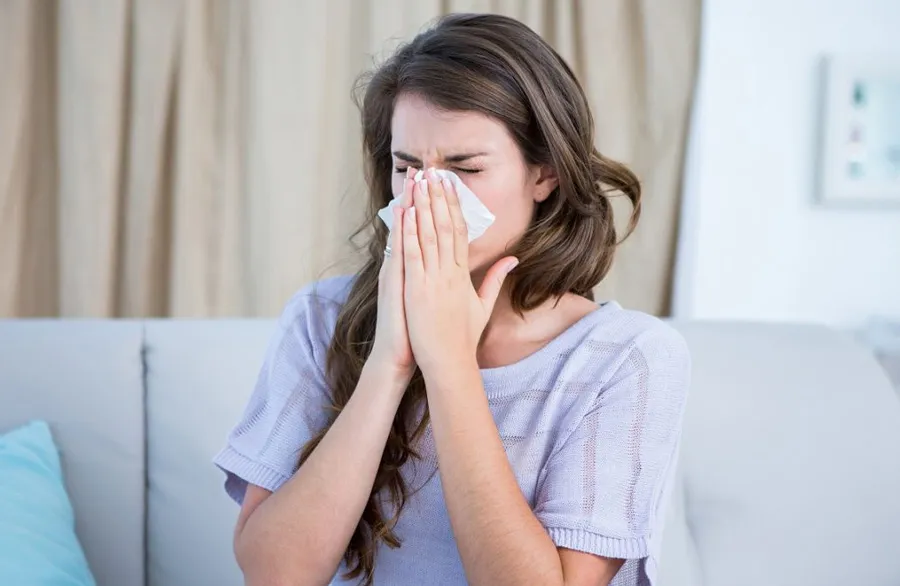Your Ac Maintenance Guide During Allergy Season
why furnace is blowing cold air?
March 23, 2022Types Of HVAC Air Filters You Can Buy
April 2, 2022Your Ac Maintenance Guide During Allergy Season

Spring brings with it flowers and blooming trees everywhere. There is beauty all around, but it also means more pollen and seasonal allergies. Allergies are a common problem and many of us suffer from a runny nose, watery eyes, and sneezes in the allergy season.
Come spring and you hear many people complaining of being allergic to the air conditioner. They are not allergic to the actual equipment but things like dust and pollen that get carried into your home by the air conditioning system.
Here’s how you can maintain your home air conditioner to keep it allergy-proof:
Clean your HVAC filters
Your heating, ventilation, and air conditioning (HVAC) system filters are meant to capture dust and dirt. However, they need to be cleaned or replaced every couple of months. If you don’t keep the filters clean, they could get overloaded with dust and allergens. Your HVAC system would then blow the dust, pollen, and other allergens into your home causing allergic symptoms.
You could also upgrade to HEPA (high-efficiency particulate air) filters, as these remove nearly 99.7% of all dust and other contaminants in the air.
Run your HVAC system regularly
Most of us don’t run our air conditioners if the temperature is pleasant. What we don’t remember is that our homes are very well insulated. It not only traps the indoor air but also allergens and pollutants.
To keep seasonal allergies at bay, run your air conditioner for 15 to 20 minutes every day for proper air circulation. It will ventilate your house bringing in fresh outdoor air and throwing out the stale indoor air.
Check for mold and mildew
Dark and damp places are the breeding grounds for mold and mildew. If your HVAC system is not properly maintained, it could be collecting condensation in hidden areas. If you turn your contaminated AC on, you will be blowing this mold and mildew right into your home.
You should schedule a yearly maintenance visit by an air conditioner service expert to ensure that your HVAC system is properly maintained and working correctly. The technician should clean all the ducts and also clean or replace the filters.
Install a UV light
Microbes and bacteria thrive in warm and damp places. Cardboard and cotton air filters can be breeding grounds for such organisms, and they can find their way into your home.
You should have your HVAC technician install a UV light near the evaporator to absorb the heat drawn from your home. A UV light kills bacteria and other microorganisms and prevents them from entering your house through the air conditioning system.
Are you thinking of buying a new AC unit? For all your air conditioning service needs and for AC repair Toronto, contact AllianceHVAC today.
